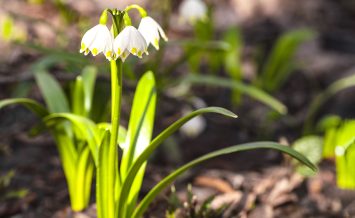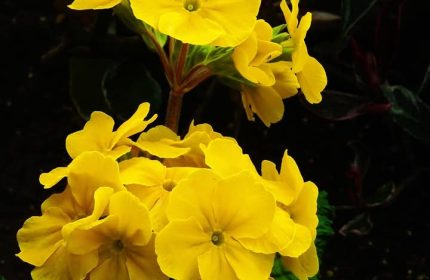Peter’s Gardening tips for November
November typically ushers in a season of mists, fog, and shorter days. So, what can we expect from the weather this month?
While October has been unusually mild, the first week of November is set to follow suit. However, it’s wise to keep an eye on the forecasts and be prepared to protect any delicate plants in case frost develops in your area.
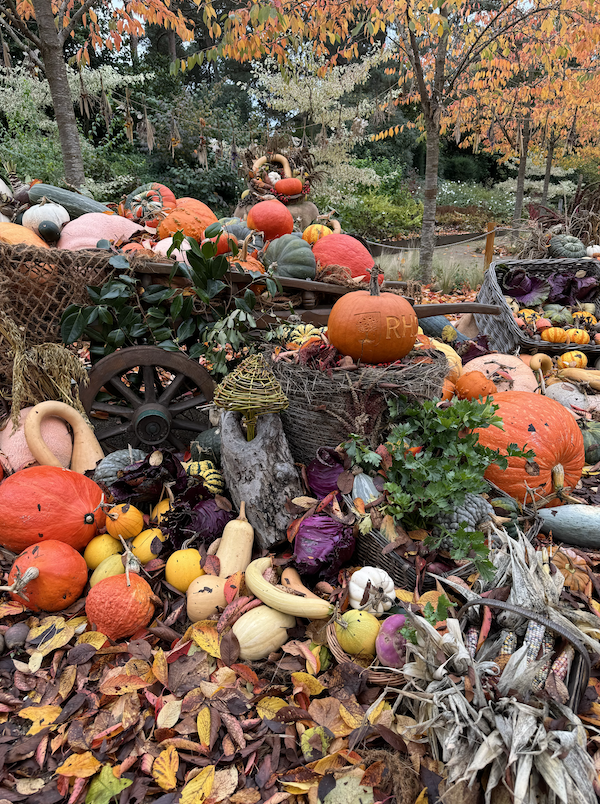
RHS Wisley
As colder weather beckons, now is the time to save your plants, tackle your soil, harvest the last of your summer veg and protect crops during winter. Don’t leave it until the ground’s too hard to work, your edibles are impossible to lift out of the soil.
 Nature is dropping into decay and shutting down. Leaves are rapidly changing colour and falling to the ground. Birds and animals are eating as much as they can to put on weight, building up fat reserves to see them through the winter. Squirrels burying hoards of nuts. Bats and Hedgehogs looking for somewhere to hunker down to hibernate as well as butterflies, moths and ladybirds. This is the transition month in the garden and countryside before winter. Annual plants wither and die, others simply “die down”.
Nature is dropping into decay and shutting down. Leaves are rapidly changing colour and falling to the ground. Birds and animals are eating as much as they can to put on weight, building up fat reserves to see them through the winter. Squirrels burying hoards of nuts. Bats and Hedgehogs looking for somewhere to hunker down to hibernate as well as butterflies, moths and ladybirds. This is the transition month in the garden and countryside before winter. Annual plants wither and die, others simply “die down”.
Jobs to do:
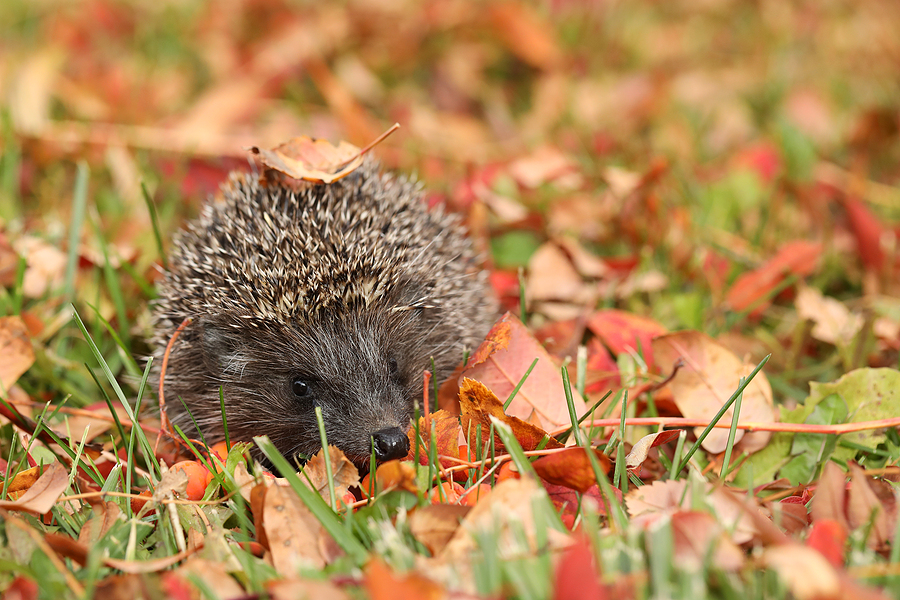
Hedgehog hibernation time is on the horizon
Winter protection for any tender plants, banana, canna lilies, tender geraniums, pelargoniums, begonias, orchids… Bring into greenhouse or conservatory. Plants in pots too big to bring in move to a sheltered spot and pack them together.
For plants left in situ cages of wire around the plant stem then packed with straw works very well. Horticultural fleece is a must for plant protection. Check out the RHS article on Over Wintering Plants for more information.
Planting:
New seasons Roses. The nation’s favourite plant. So versatile, ground cover, hedging, bush, climbing, rambling and above all a rose should be scented! The range of colours available from the specialist nurseries is incredible. Bare root plants are still excellent value, often living more than 20 years!
Planted now you will get good root growth before Christmas. Here is a step by step guide on how to plant them.
 New Seasons Fruit trees:
New Seasons Fruit trees:
Apples, Pears, Peach, Nectarine, Cherries, Nuts, Mulberry, etc and all fruit bushes – Raspberries, Loganberries, Blueberries, Gooseberries, Black, Red, White Currants etc are all in garden centres, but the better range is from the specialist nurseries or buy online if you’re looking for unusual varieties.
Spring Bulbs:
Autumn is the best time for planting spring bulbs giving them the winter months to put out roots in readiness for a spectacular display next spring. Take a look at these dazzling Dutch bulbs direct from Holland that we tested out.
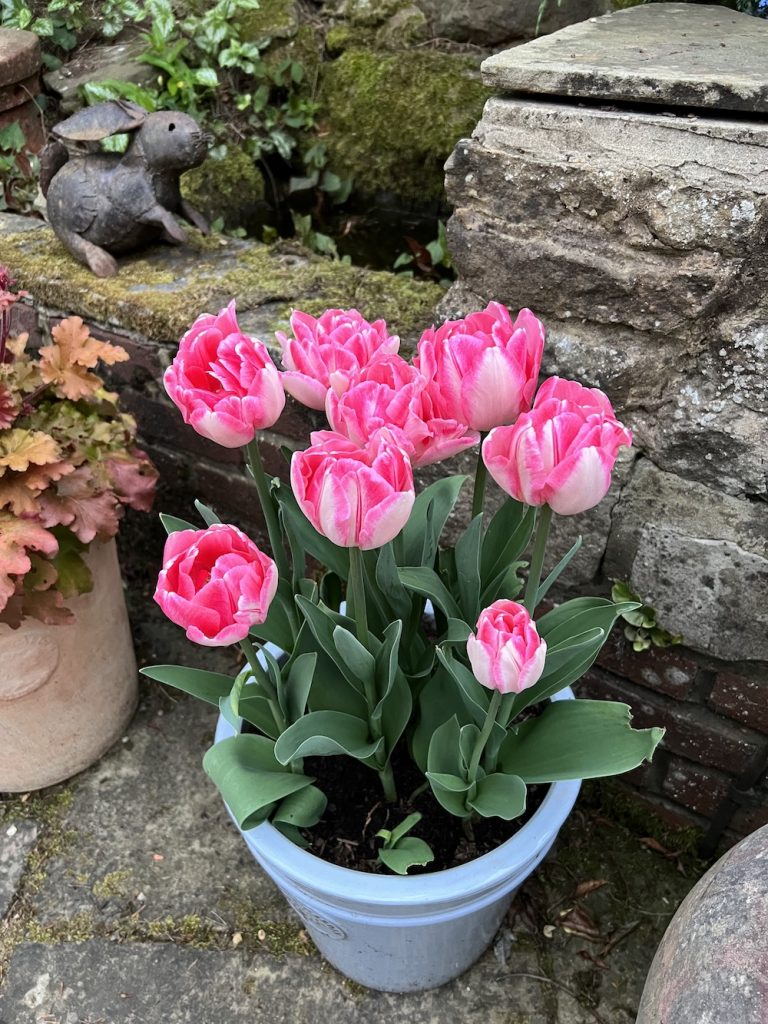
Open ground hedging:
Perfect time to create a wildlife hedge, which will give you more interest throughout the year, instead of a boring conifer hedge or just laurel. A mixture of Sloe, Hawthorn, Field Maple, Rosa rugosa, Hazel, Holly, Dogwood, Hornbeam, Viburnum opulus etc will give you flowers, berries and autumn colour. It will also provide security in the form of a prickly hedge, nectar and pollen for the insects, food for the birds, and a safe place for nesting birds! It’s a multiple-winner.
Vegetables and Fruit:
A good tidy up, clear all old vegetation – courgettes, rhubarb leaves, runner beans… Compost non-diseased plants.
Place grease bands or fruit tree grease around the trunks of apples and pears to stop winter/codling moth damage next year. Do the stake or cane too!
Protect salads, spinach with cloches. Net brassica plants – Cabbages, cauliflower, spring greens, kale and Brussel sprouts from wood pigeons.
Land dug now kept quite rough will only need levelling and raking next spring. The frosts will break down the lumps. Trenches for runner beans, climbing french beans or sweet peas can be dug and filled with newspaper, manure and compost ready for next year too.
Do not dig if your ground is very wet. Keep Off. It ruins the soil structure, compacts and starves the ground of oxygen, turning it into a smelly sludge!
If you don’t want to dig, cover your veg patch with compost and let the worms do it for you.
Garden Wildlife:
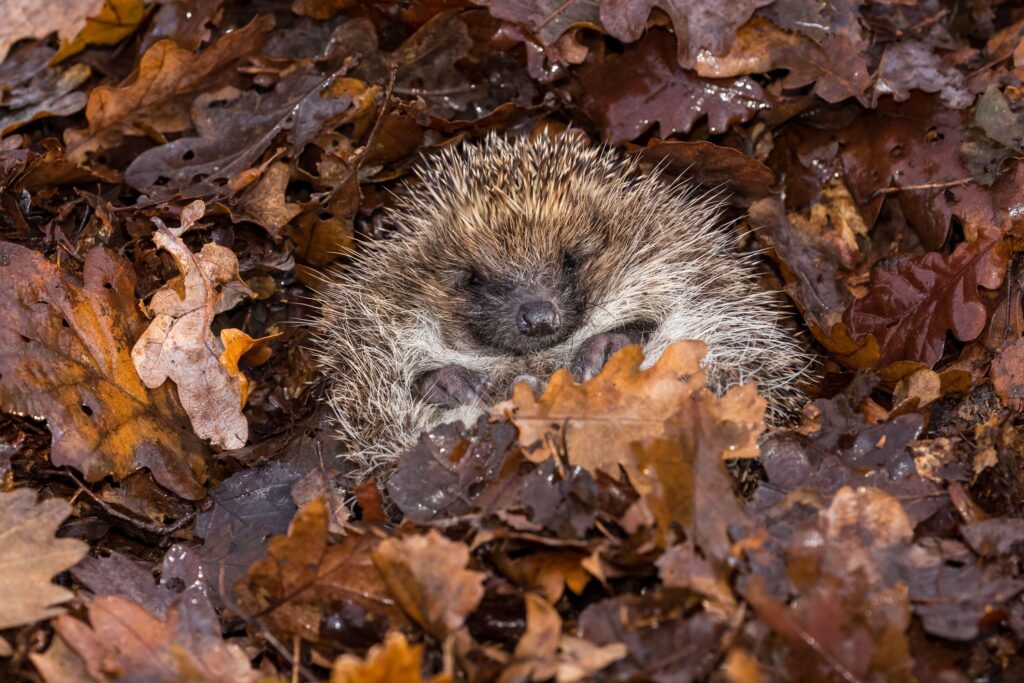
It may have been a mild autumn, but as soon as temperatures drop, wildlife garden visitors will be looking for places to hunker down for hibernation. Hedgehogs, birds, amphibians and insects all need a helping hand, and here are a few of the things you could be doing to give them the best chance of survival during the cooler months.
Whatever the weather plan for next year. Get the seed catalogues in or go online and do some armchair gardening!
Happy Gardening!
Latest posts by Peter Mills (see all)
- Gardening Masterclass: How to prune roses, hydrangeas, shrubs and trees - March 2, 2025
- Peter’s Gardening tips for March - March 1, 2025
- Peter’s Gardening Tips for February - January 29, 2025
- Peter’s Gardening Tips for January 2025 - January 2, 2025
- Peter’s Gardening tips for November - October 29, 2024





